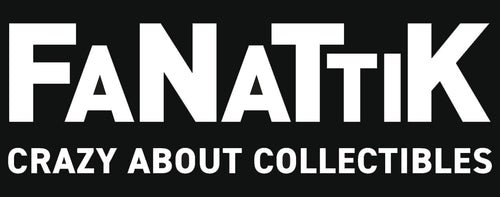As we celebrate the 45th anniversary of Jaws, friend of Fanattik, Oli Hancock, ponders the impact the film had on modern day cinema.

Modern cinema wouldn’t be what it is without Jaws. A bold statement I know, but I’ll back it up! Many people would argue that it changed things for the worse, but whatever you think, a better film you will struggle to find.
I’ll set the scene. The year was 1973 and The Godfather had become the biggest film of all time the year before. Peter Benchley’s novel Jaws was written but yet to be published. A 25-year-old Steven Spielberg had just directed his first theatrical film, Sugarland Express, for Universal (who had just bought the rights to the film adaptation of Jaws) and was signed on to make Jaws his sophomore feature. Filming began in May 1974 in Martha’s Vineyard, New York, and what follows is fabled story of mechanical failures and the difficulties of filming at sea. All of the issues with the production helped to turn it into the masterpiece that it is; the failing mechanical sharks meant that it got less screen-time, adding to the suspense by hiding the monster as much as possible (as all good monster films do), and the tensions between the cast and crew due to the stresses of the shot (and Robert Shaw’s drinking) added to the tension seen on-screen.
But it wasn’t just the fact that it was a masterpiece that made it successful. Many brilliant films end up becoming flops. What Universal (and the film’s producers (Richard D. Zanuck and David Brown) did was to turn it into an event, the likes of which we still see today. The novel was released in 1974 while the film was still in production, and it was immediately top of the best-sellers list in California, due to Zanuck, Brown and Spielberg buying up hundreds of copies and sending them out to “opinion-makers and members of the chattering class.” The method worked and the hardback version sold 125,000 copies, staying on the New York Times bestsellers list for 44 weeks, and the paperback was even more successful, and by the time the film was released on 20th June 1975, it had sold more than 5 million copies in the USA alone.

The cover of the novel was designed simultaneously with the poster for the film, which helped sales of both the film and the book (fans of either immediately recognised it), but it wasn’t just these tricks that cemented the movie as a blockbuster the likes of which hadn’t been seen before. In the autumn of 1974, Zanuck, Brown and Peter Benchley were promoting the book and film on TV and radio talk shows, and the marketing campaign also included TV advertising (a practice which had only been used once before for a film) which cost an unprecedented $700,000, focusing heavily on John Williams’ iconic score. All in all, the promotional budget for the film was $1.8 million, which at the time was astronomical (today this is much different, with the general rule of thumb being the marketing costs being 50% of the budget of the rest of the film).
As well as all of this, there was an enormous amount of merchandise created to tie-in with the film, including a soundtrack album, T-shirts, a book about the making of the movie, beach towels, blankets, shark costumes, toy sharks, games, posters, shark’s tooth necklaces, pyjamas, water pistols, and more. This was also a new process in 1975, but was to become commonplace very soon, with Star Wars debuting two years later and becoming the king of film merchandising.
The timing of the release of the film was tactical (would a film about summer and the 4th July do as well during Christmas?), but it became the standard for many years, for the biggest films to be released in summer. Many studios save their tent-pole releases for this time (you only have to look at Marvel Studios’ release schedule to see this). Star Wars even kept up with this trend, all of their releases being summer ones up until Lucasfilm was bought by Disney (and it makes sense that Disney would want to keep the releases of their Star Wars films away from the releases of their Marvel films).

Jaws eventually earned $123.1 million in its initial theatrical run, surpassing The Godfather’s $86 million after 78 days (films stayed in the cinemas much longer back then due to the lack of home viewing). As with any successful film, it was followed by three sequels, although the quality dwindled, especially as they were lacking Spielberg’s genius. However, the four films in total grossed $800 million at the worldwide box office, making it one of the most valuable franchises for many years.
Jaws wasn’t the first blockbuster. In fact, the term was used to describe films 40 years before Jaws, and many consider 1915’s The Birth of a Nation to be the very first blockbuster, despite the term not being used for another couple of decades. However, Jaws edified it in common parlance, and created the very concept of the summer blockbuster, a tradition in film right up until this bizarre year! We would expect the trend to continue as well, with studios saving their budgets for big, bankable films and taking less risks, especially in the digital streaming age. It will be interesting to see how the next few years goes, and whether the effects of the Covid-19 pandemic will echo through the Hollywood system.

Are you a Jaws fan? You can shop the official Jaws collection by Fanattik here. If you enjoyed reading Oli’s Jaws blog, take a look at his thoughts on The Thing and Shaun of the Dead.
